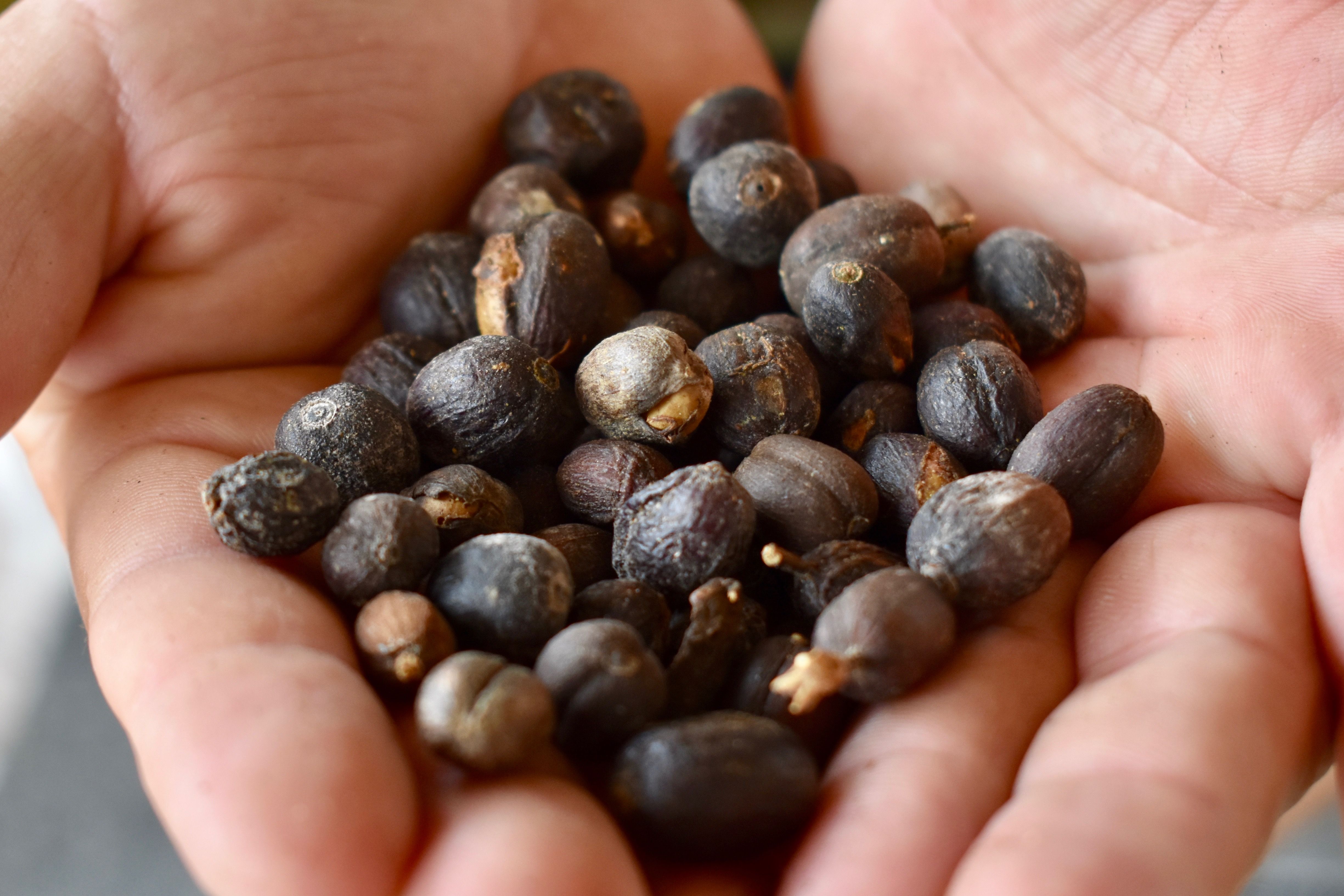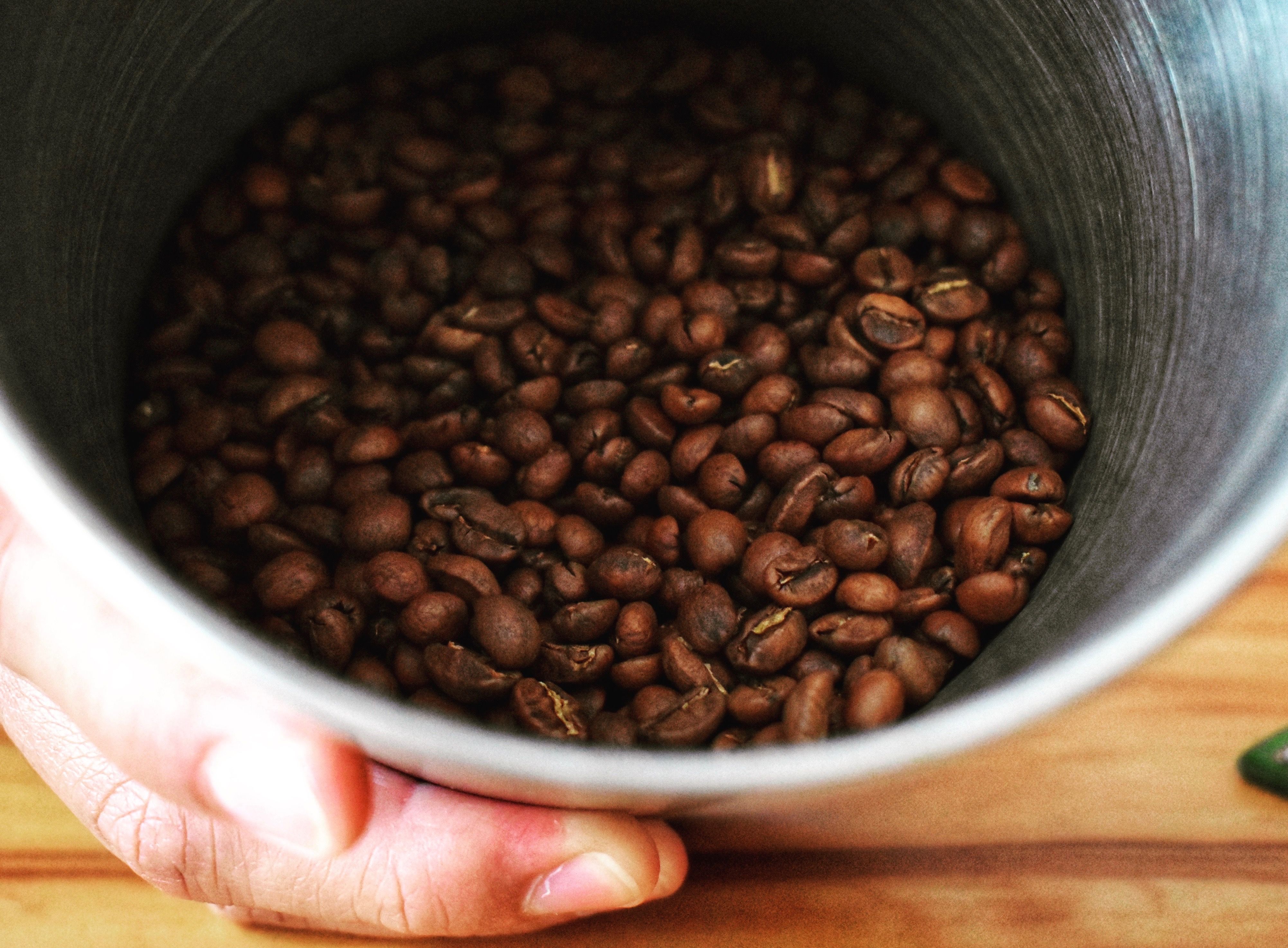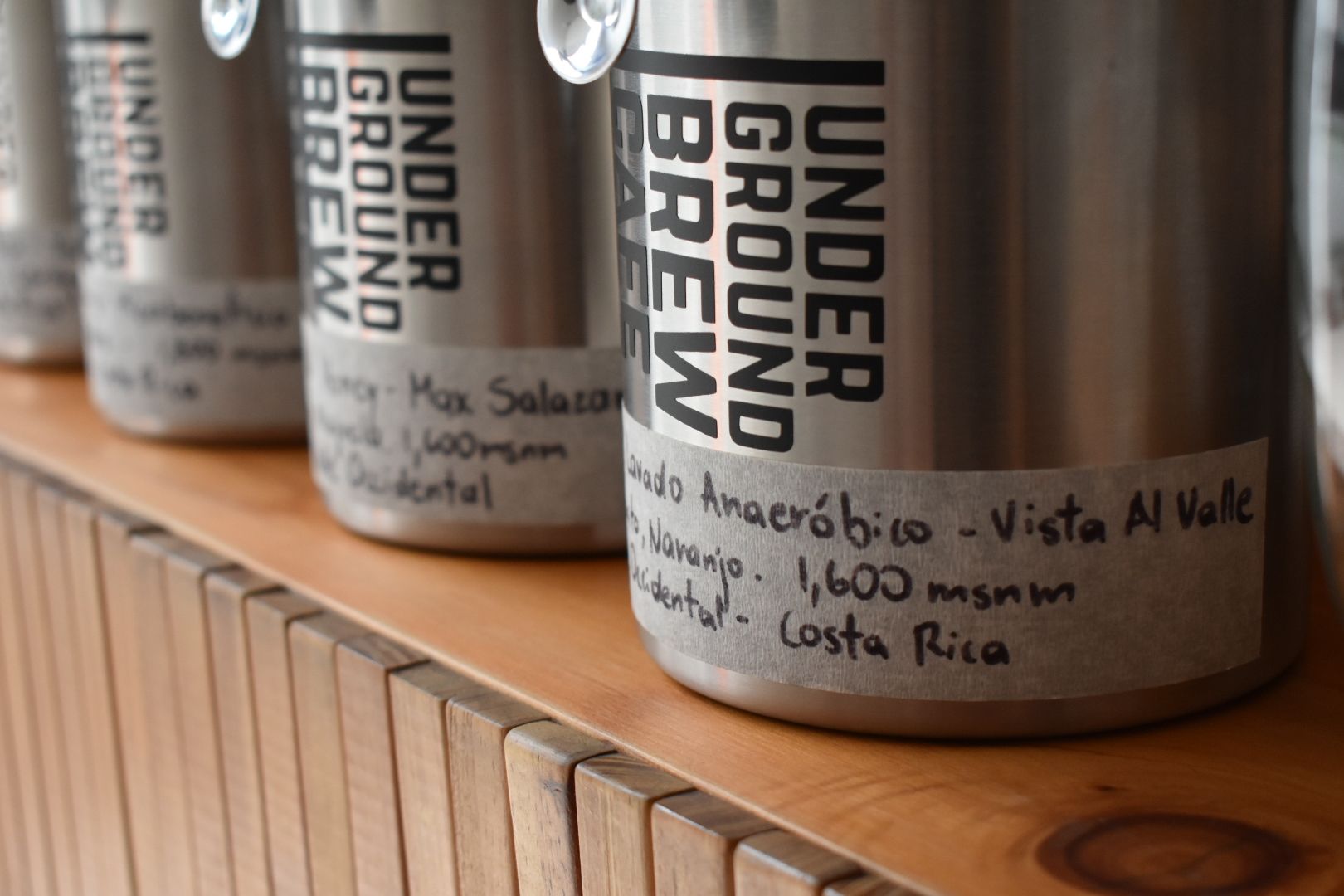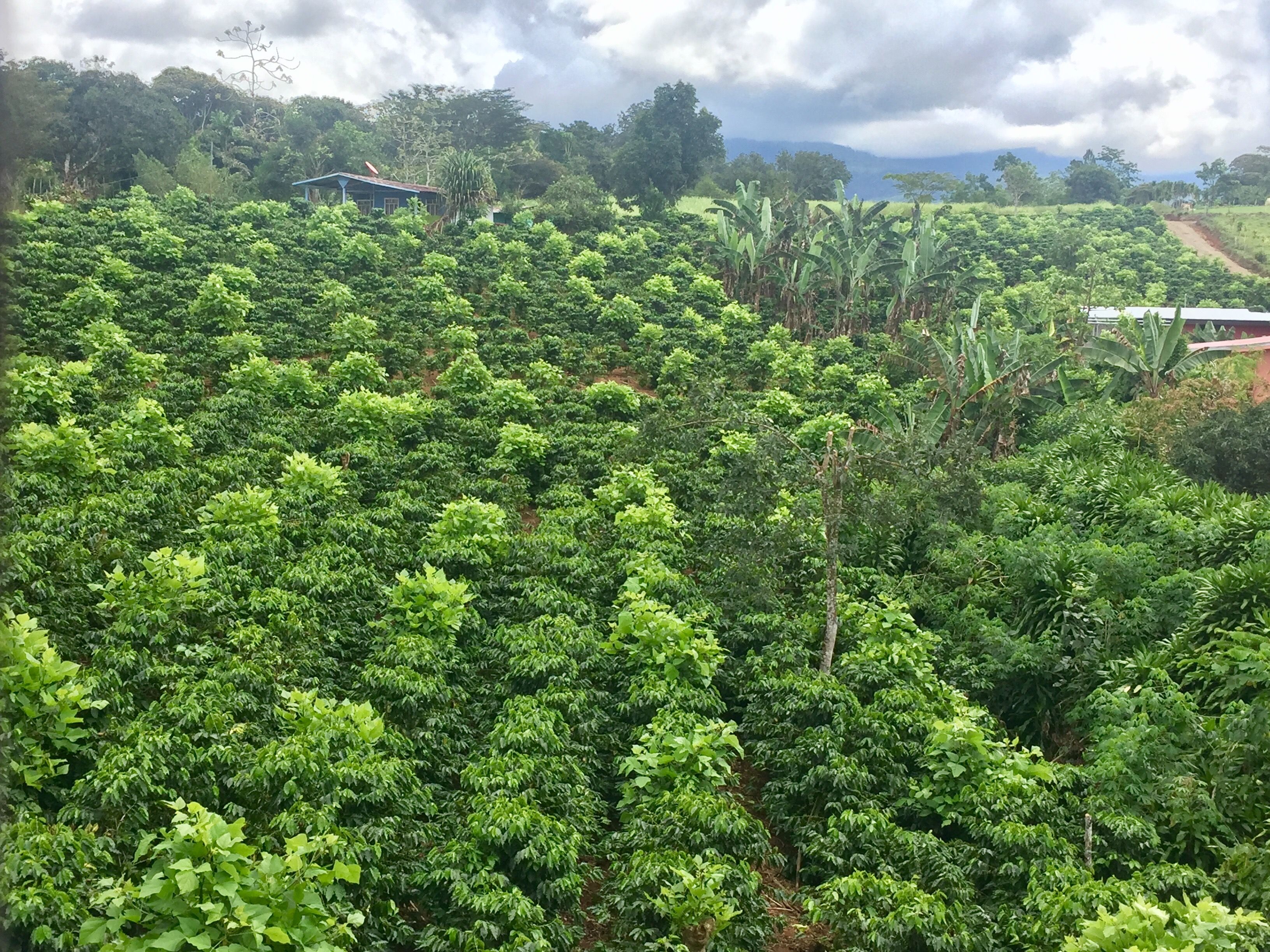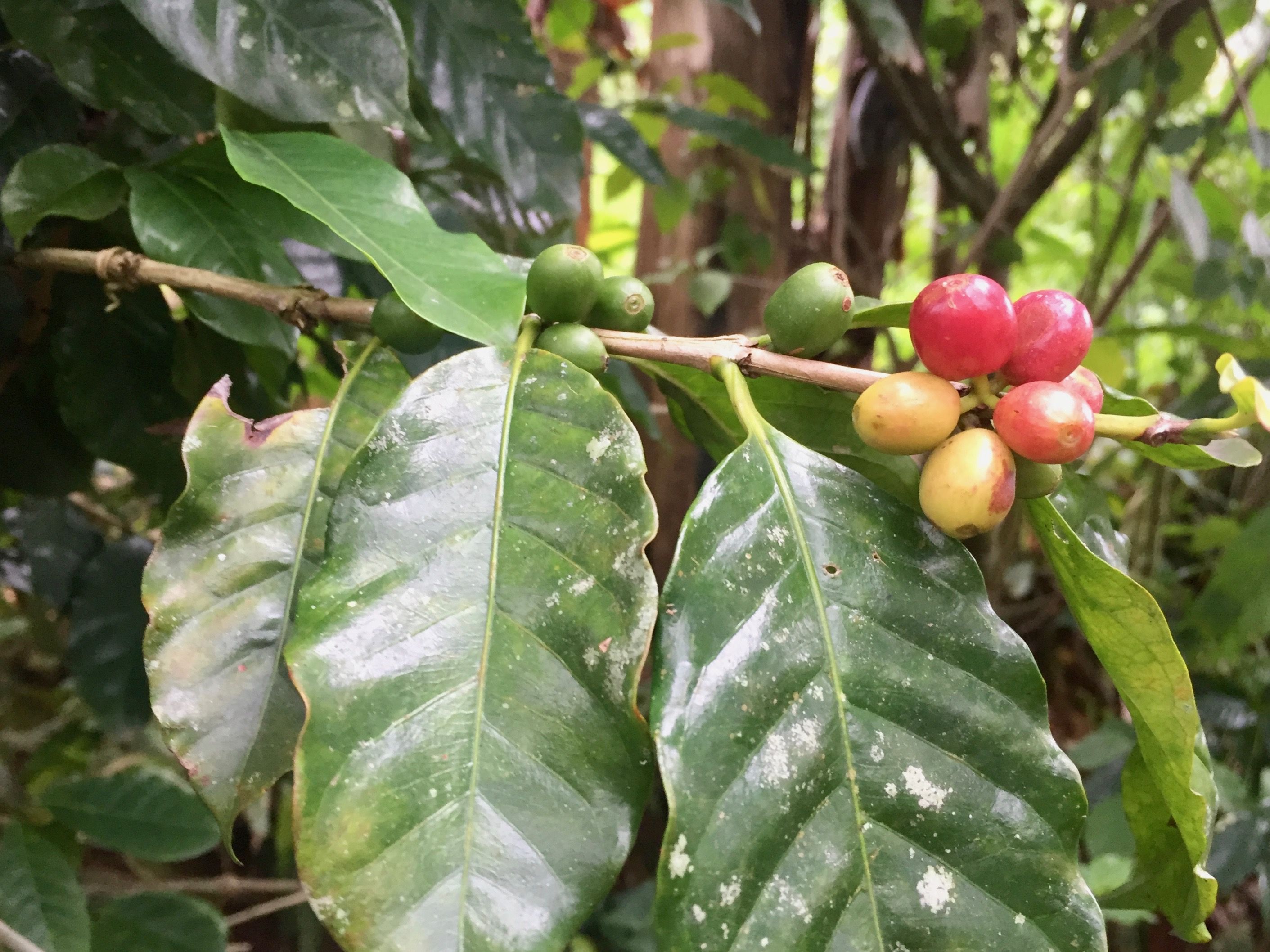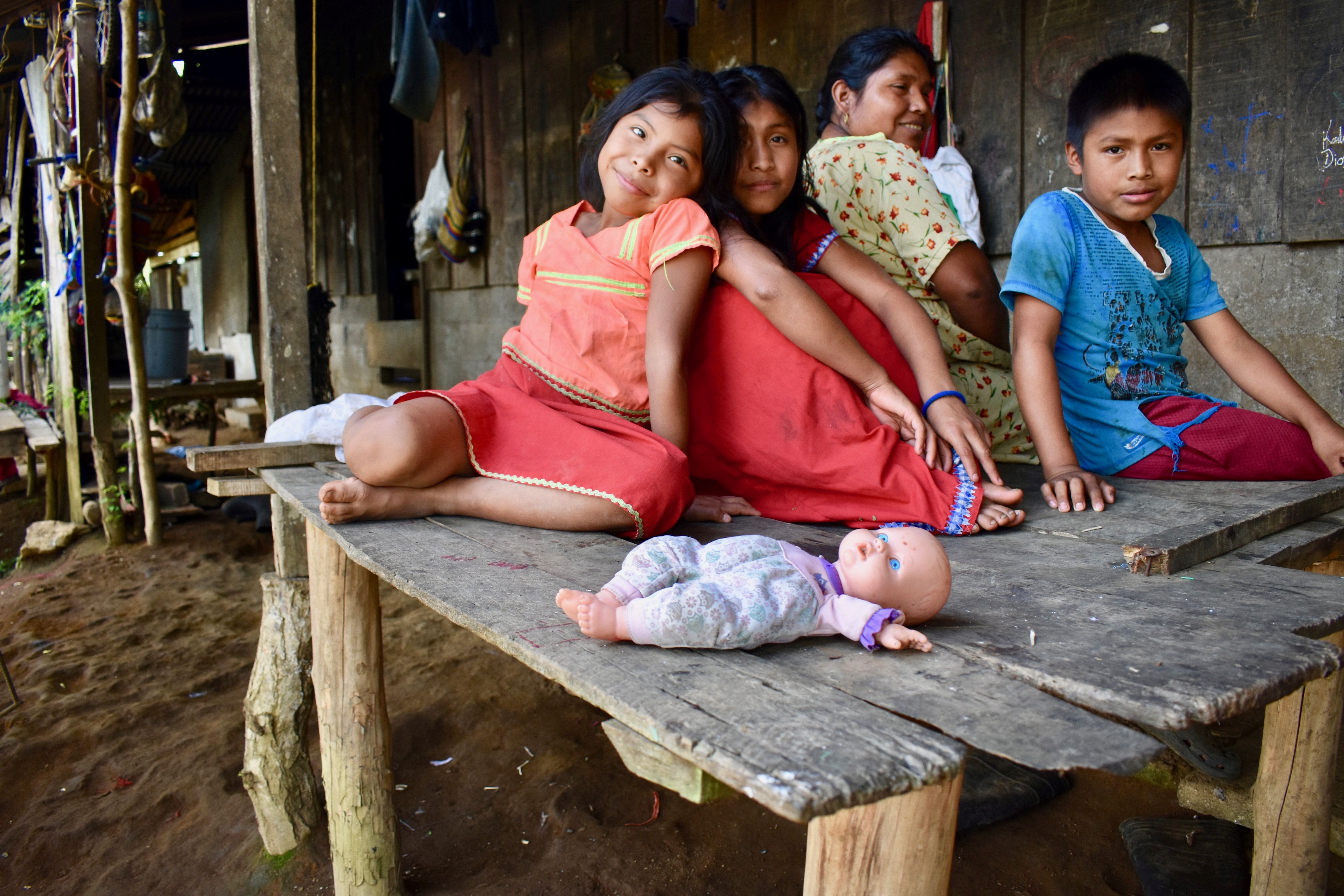In the coffee-growing region of Coto Brus, the Ngäbe-Buglé migrate seasonally in order to complete the harvest. Families often travel on a long journey from Panama to Costa Rica in groups, bringing children to often unsafe living conditions with limited care once they arrive. Casas de Alegria in southern Costa Rica was created to address the needs of these migrant children on the coffee farms.
Coffee consumers eager to maintain their morning ritual are often detached from the reality of those who work in the coffee industry, and have little awareness of the individuals involved in making their cup of coffee. However, Casas de Alegria is working to involve the consumer in addressing the needs of Ngäbe-Buglé migrant children by promoting a link between the worker, the farmer, and the consumer.
